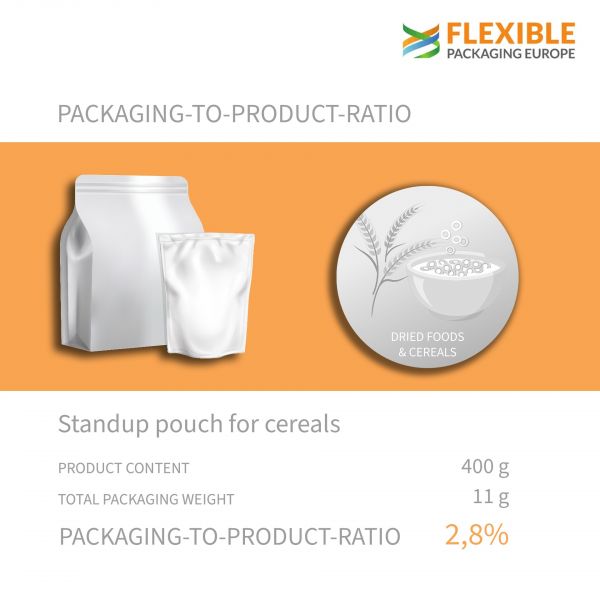
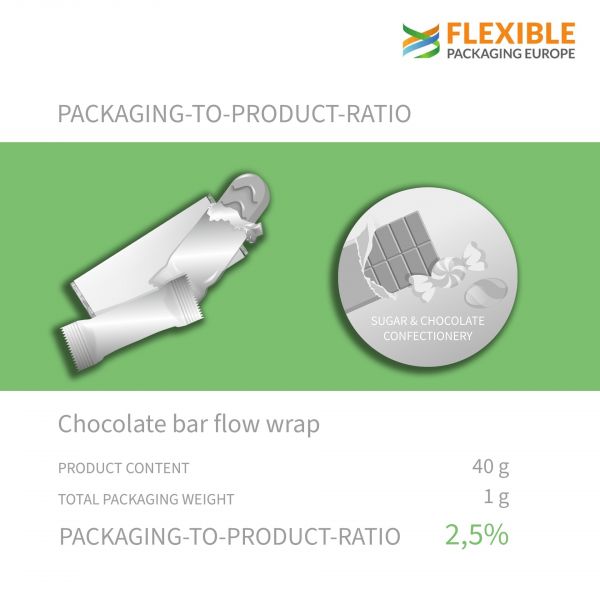
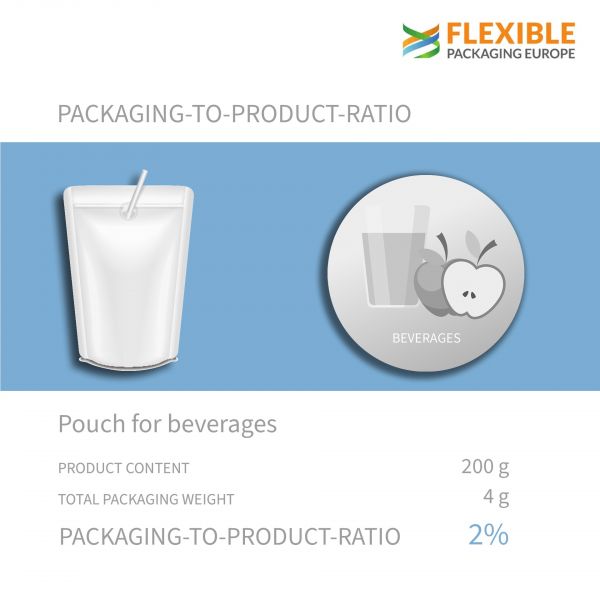
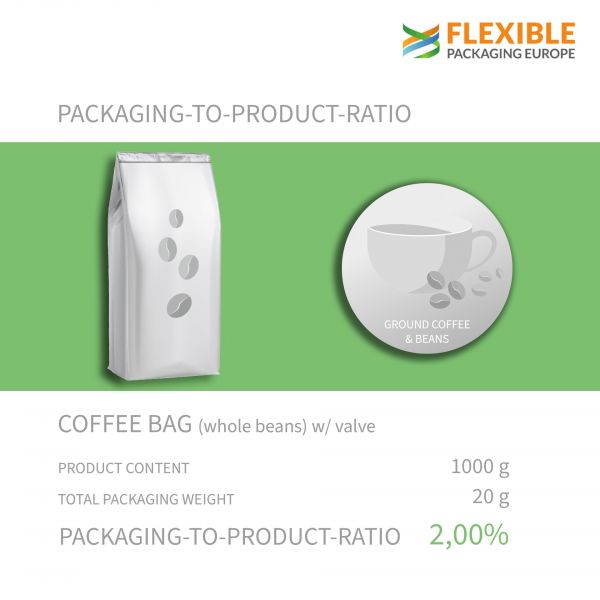
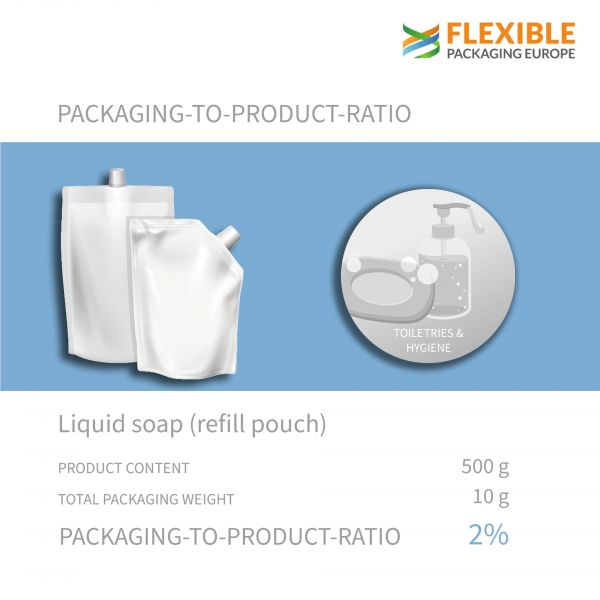
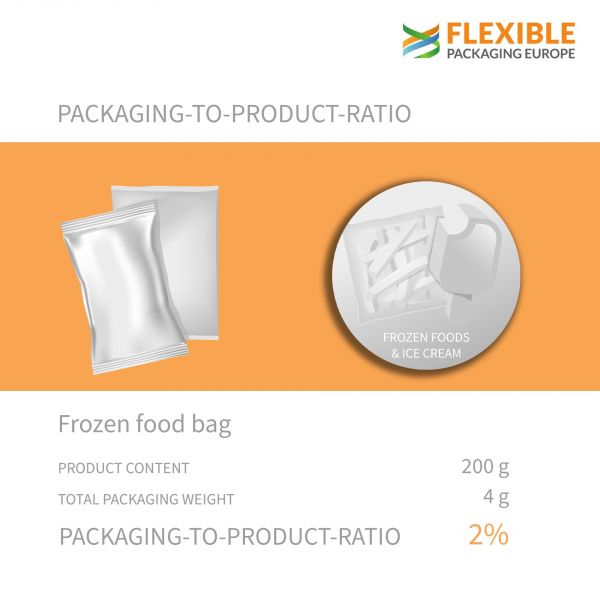
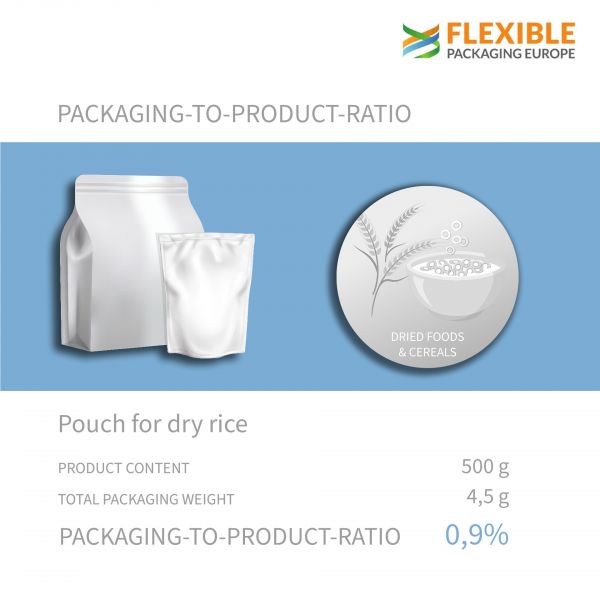
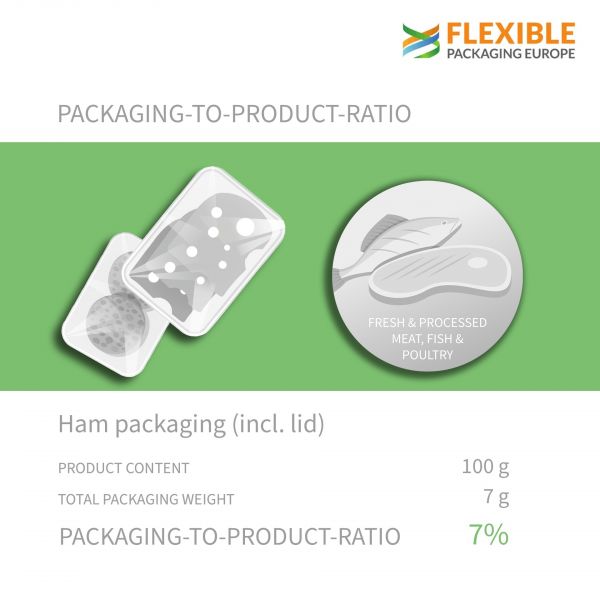
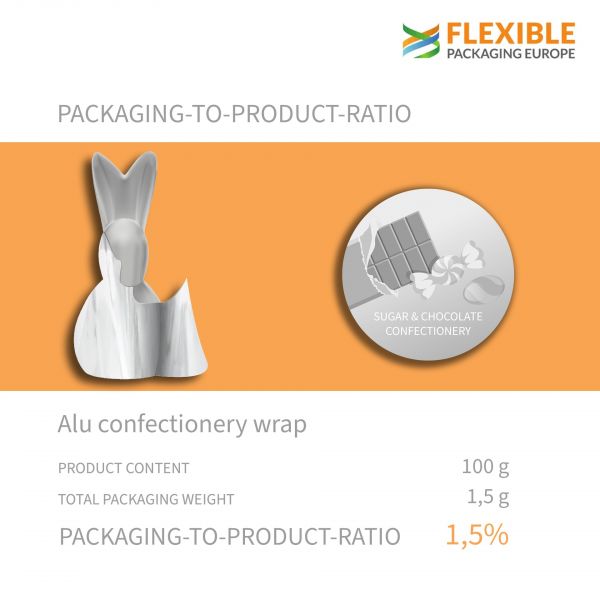
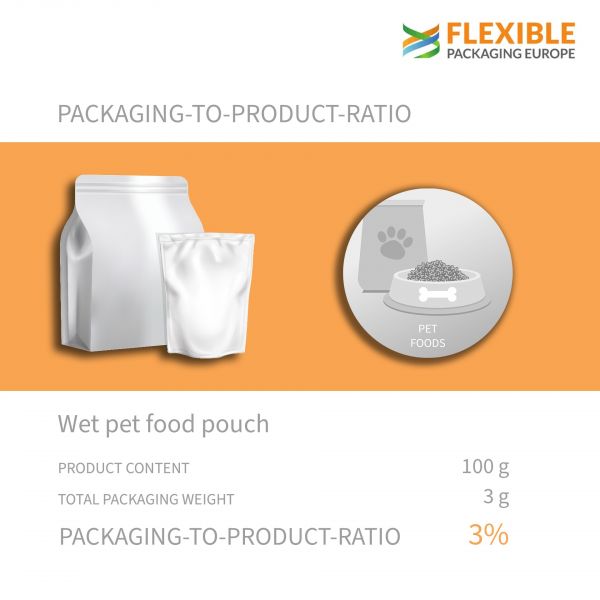
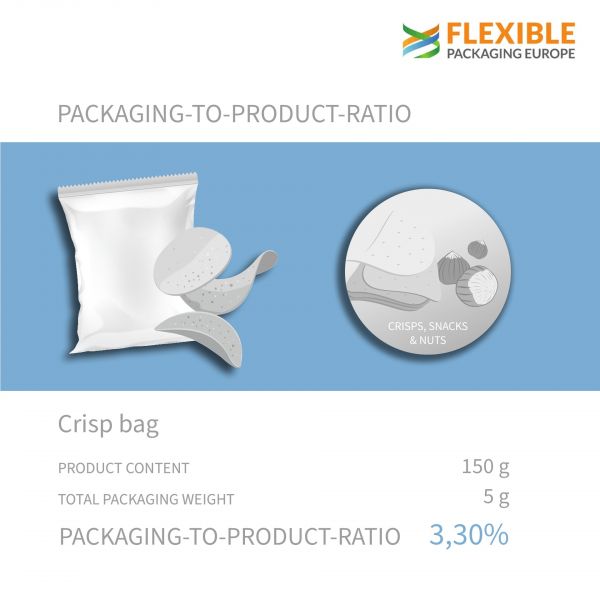
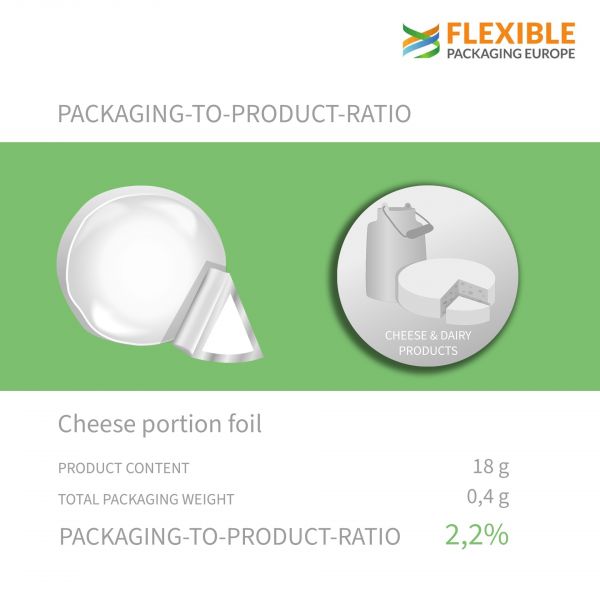
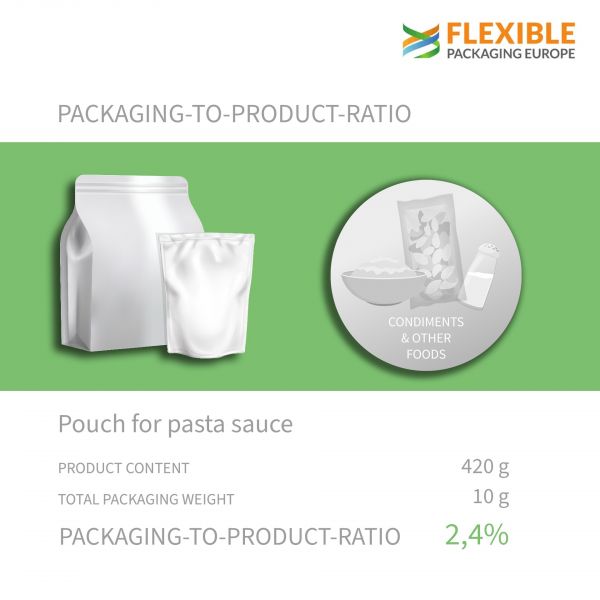
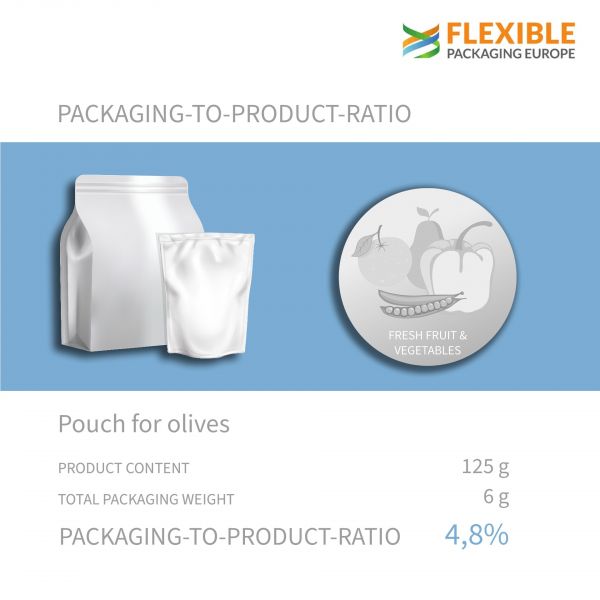

Less material use due to flexible packaging
A low packaging to product ratio offers several advantages. It promotes environmental sustainability by reducing resource consumption and waste generation. It also leads to cost savings for manufacturers, improves storage and transportation efficiency, appeals to eco-conscious consumers, enhances convenience, and contributes to a distinct brand image. Additionally, it helps businesses comply with regulatory requirements focused on sustainable packaging practices.
A low packaging to product ratio refers to the practice of minimizing the weight of the packaging material used in relation to the actual product being packaged. Here are some benefits of a low packaging to product ratio:
Environmental Sustainability: Reduced packaging means fewer resources are used in its production, generally leading to lower energy consumption, reduced waste generation, and decreased carbon emissions.
Cost Efficiency: Using less packaging material can result in significant cost savings for manufacturers. This can be particularly beneficial for businesses as it reduces expenses associated with raw materials, manufacturing, transportation, and waste management.
Storage and Transportation: A low packaging to product ratio allows for more efficient use of storage space and transportation resources. With smaller and lighter packaging, more products can be transported in a single shipment, reducing fuel consumption and transportation costs.
Consumer Appeal: Many consumers are becoming more environmentally conscious and prefer products with minimal packaging. Offering products with a low packaging to product ratio can attract eco-minded customers who value sustainable practices.
Convenience and Portability: Reduced packaging can lead to products that are easier to handle, store, and carry. It enhances convenience for consumers, especially when it comes to products that are frequently purchased or used on the go.
Brand Image and Differentiation: Embracing sustainable packaging practices, including a low packaging to product ratio, can contribute to a positive brand image and offers the possibility to differentiate from other brands by introducing new packaging formats.
Regulatory Compliance: Lightweight packaging follows the Waste Hierarchy as defined by the European Waste Framework Directive and which sets out prevention of waste as top priority.
Overall, a low packaging to product ratio offers a range of benefits, including environmental sustainability, cost efficiency, consumer appeal, convenience, and distinct brand image. It aligns with the growing demand for eco-friendly solutions and contributes to a more resource efficient and responsible approach to packaging.
Lightweight and flexible packaging has a number of advantages, one of them is the unbeatable packaging-to-product ratio













